Northern Ireland Seabird Report 2021
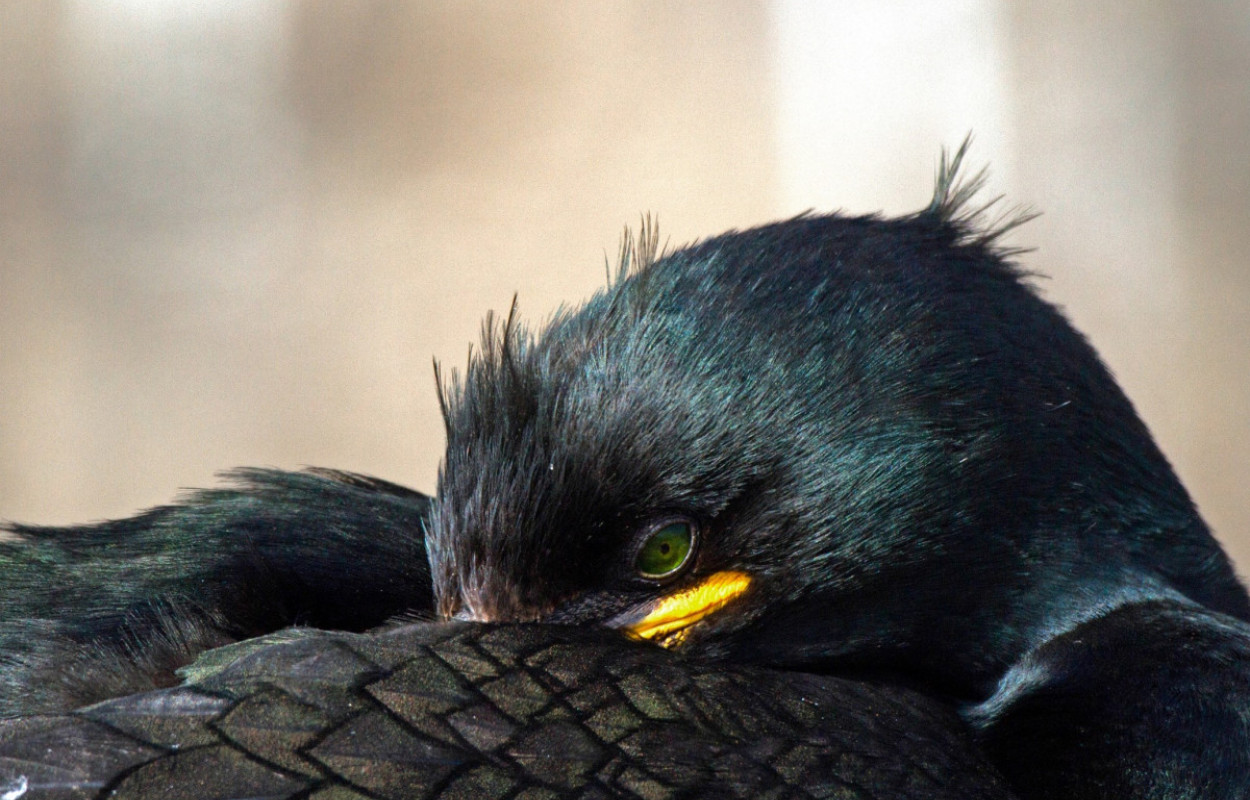
Author(s): Booth Jones, K.
Published: March 2022
Publisher: British Trust for Ornithology Pages: 88pp
ISBN: 978-1-912642-36-6
Download article 4.23 MB application/pdf
There was significant survey effort by volunteers, NGOs and NIEA around Northern Ireland’s coastline for the last year of the Seabirds Count census period, finding that fortunes were mixed for the 20 breeding species of seabird in Northern Ireland.
A team from NIEA found that Fulmar had declined at Downhill (-86%) and Binevenagh (-95%) between the Seabird 2000 census (1998-2002) and the Seabirds Count census (2015-2021), while volunteer-led monitoring of the scattered numbers along the east Co. Antrim coast showed numbers had declined by 73%. However, a rare survey visit to The Skerries by volunteers showed that numbers of Fulmar here had risen by 54% to 43 Apparently Occupied Sites.Large gulls have been increasing at most sites around Northern Ireland, with particularly good annual data collected by the National Trust for Strangford Lough. In 2021, the numbers of Great Black-backed Gulls in the lough were at their highest since 1972, with 143 nests recorded.
Black Guillemots are a favourite of seabird monitoring volunteers in Northern Ireland, and we closed the census period with an incredible 80% of sites in NI covered for this species, with those sites left un-surveyed very unlikely to contain Black Guillemots. In 2021, a total of 718 Black Guillemots were counted around the coasts, with concentrations particularly high at The Maidens (60 individuals), Bangor (75 individuals), Lighthouse Island (60 individuals) and at Annalong Harbour (58 individuals). A volunteer-led productivity study found that their breeding success at Annalong was 0.5 chicks fledged per nest.
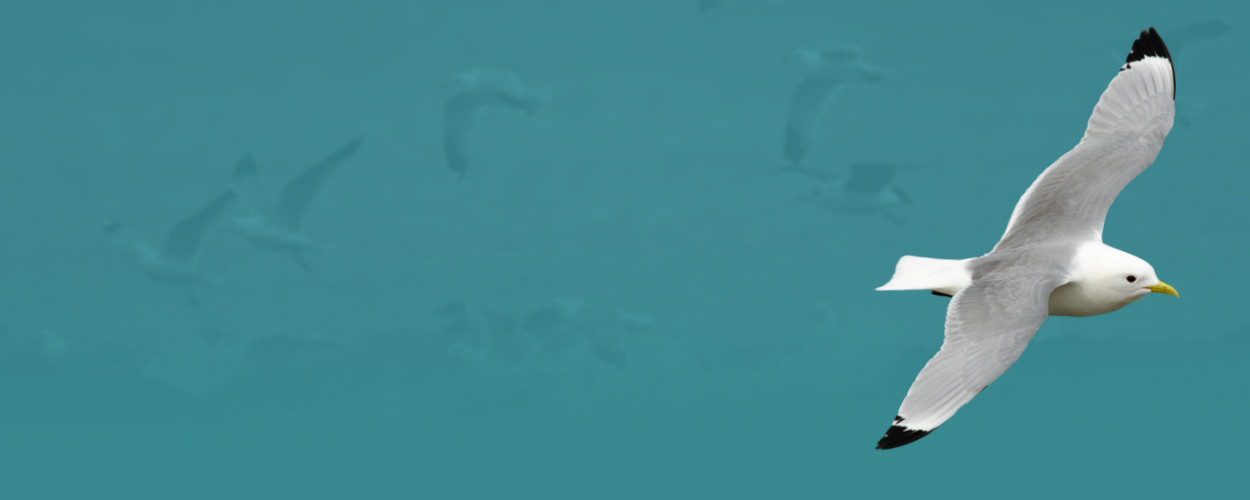
We’re training skilled volunteers to collect the data we need to inform scientific research and policy decisions. Without your support, our seabirds could be lost forever.
Notes
This is the ninth edition of the Northern Ireland Seabird Report, covering 2021. This report is the published outcome of the work of the Northern Ireland Seabird Network of volunteers, overseen by the British Trust for Ornithology (BTO) on behalf of the Northern Ireland Environment Agency (NIEA).
This report is the published outcome of the work of the Northern Ireland Seabird Network – a network of volunteers, researchers and organisations – coordinated by the BTO Seabird Coordinator, and funded by NIEA.
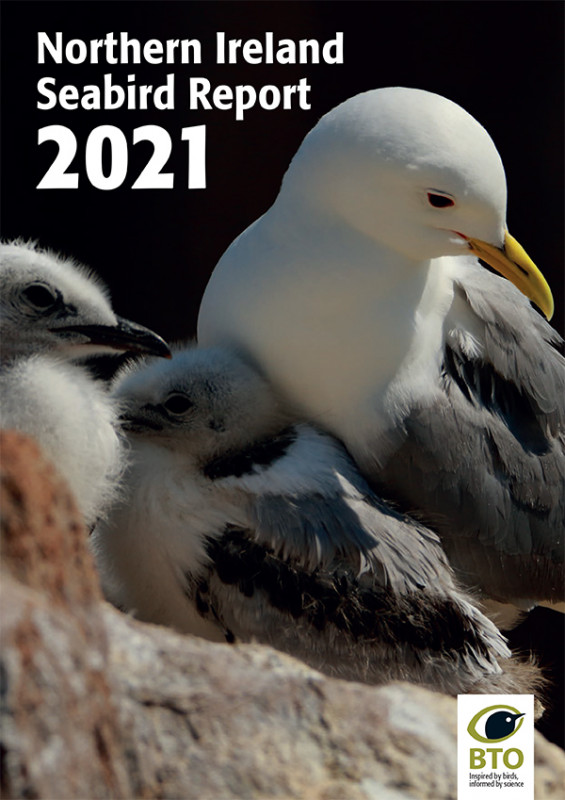
Staff Author(s)


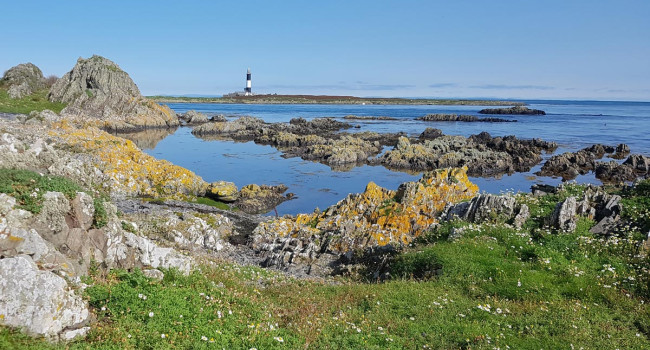
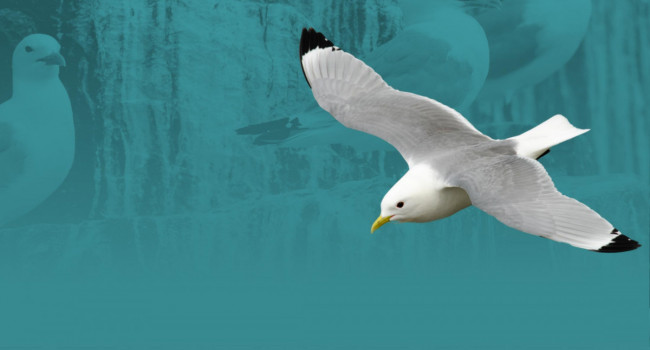
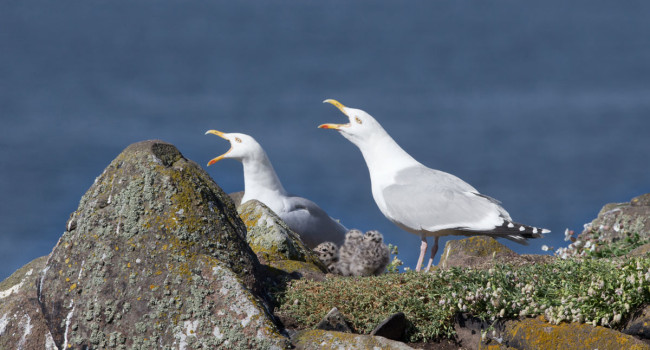

Share this page